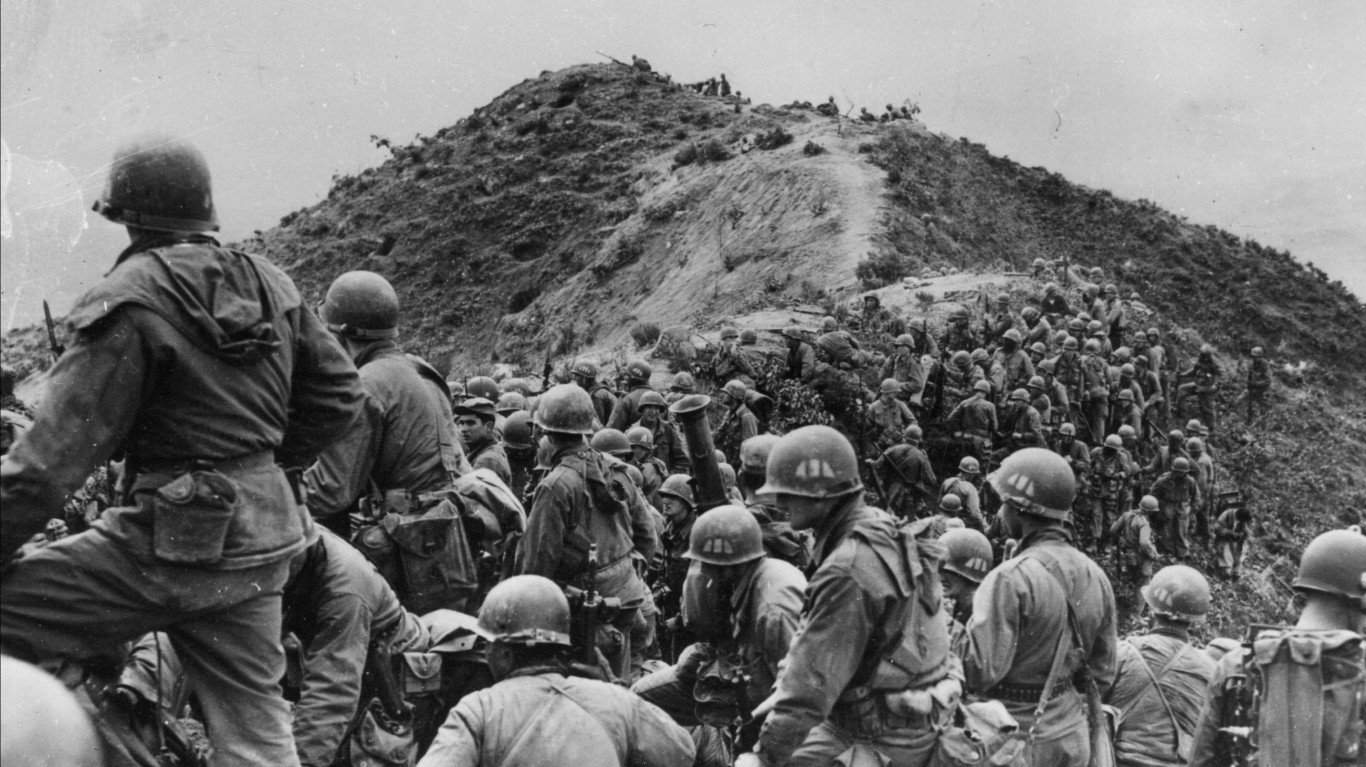
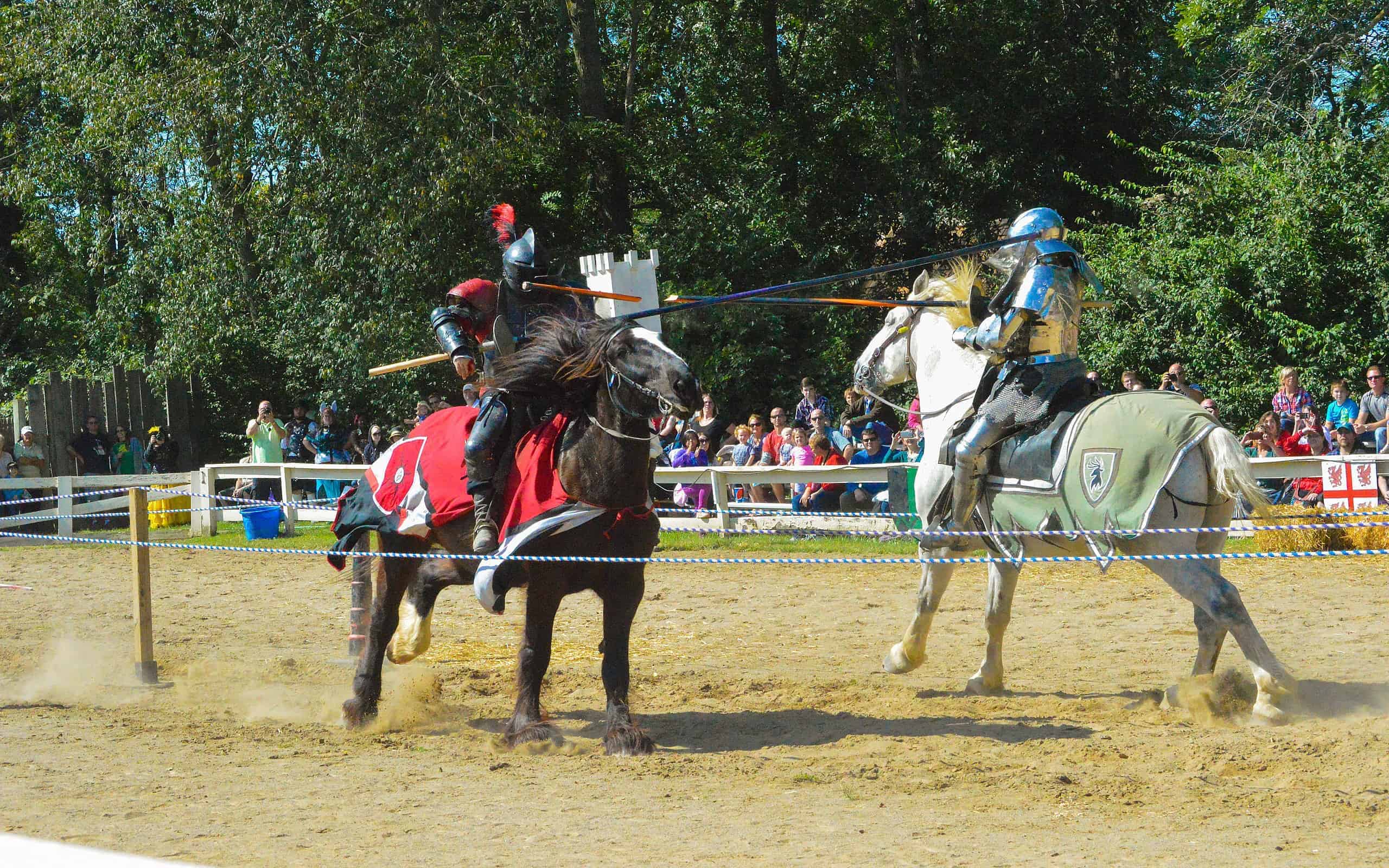
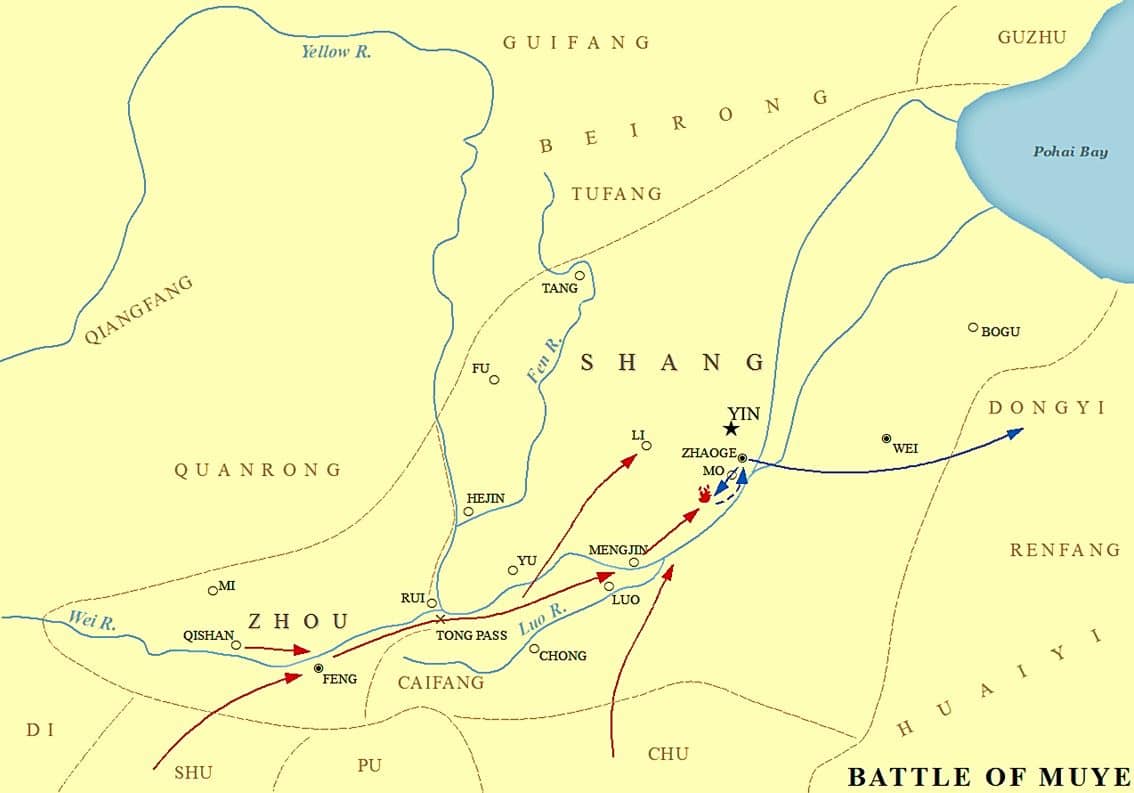


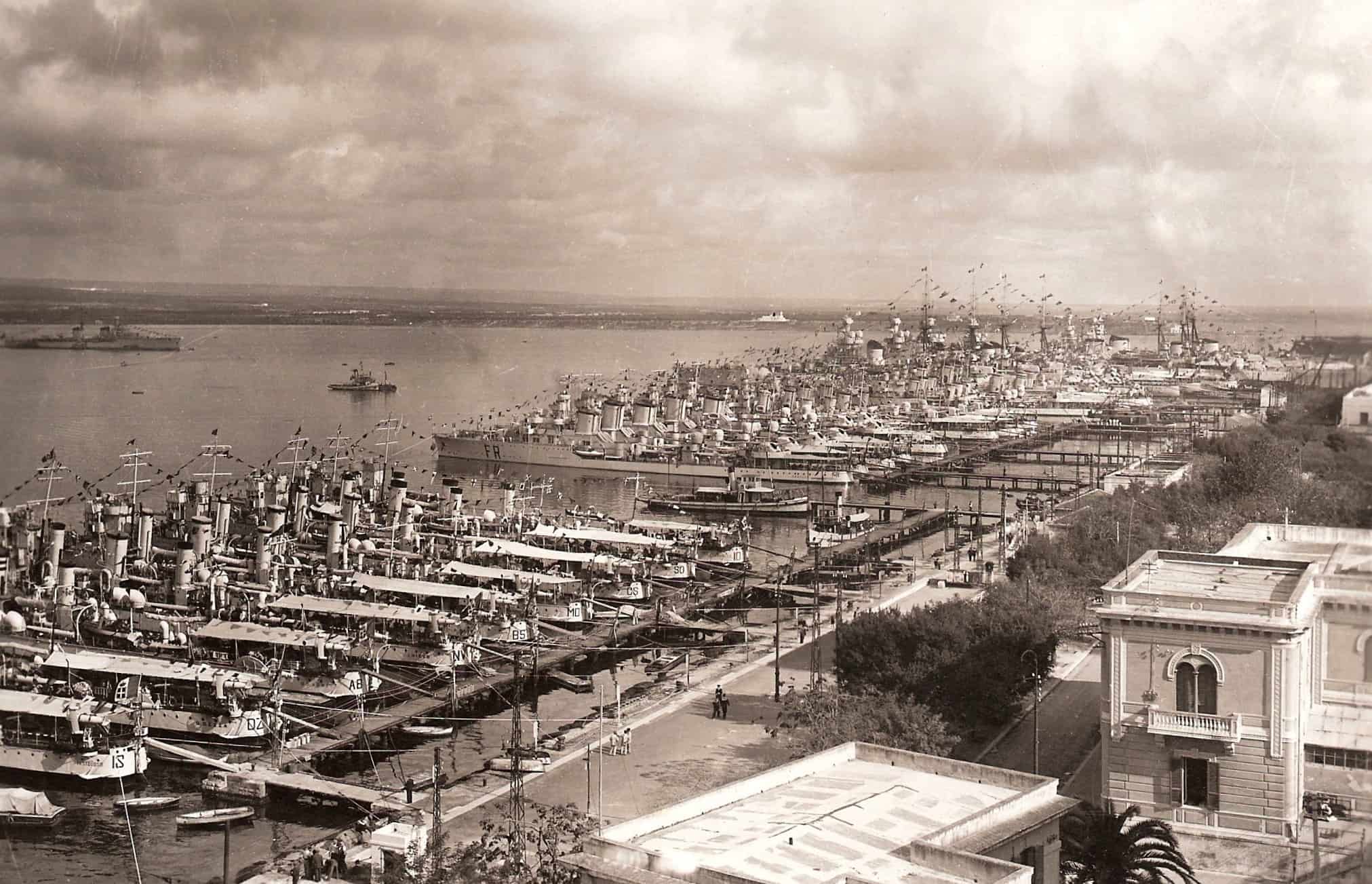
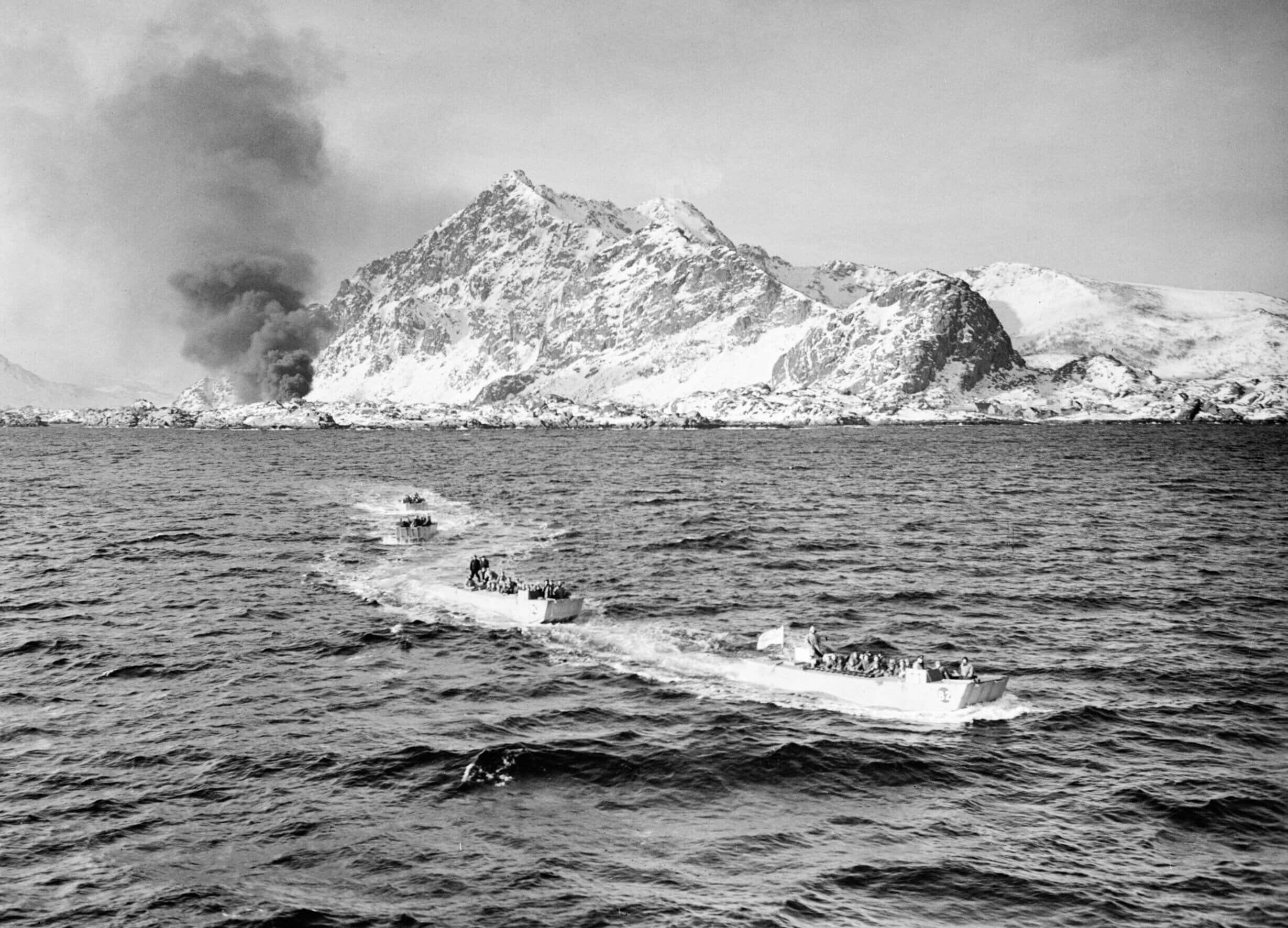
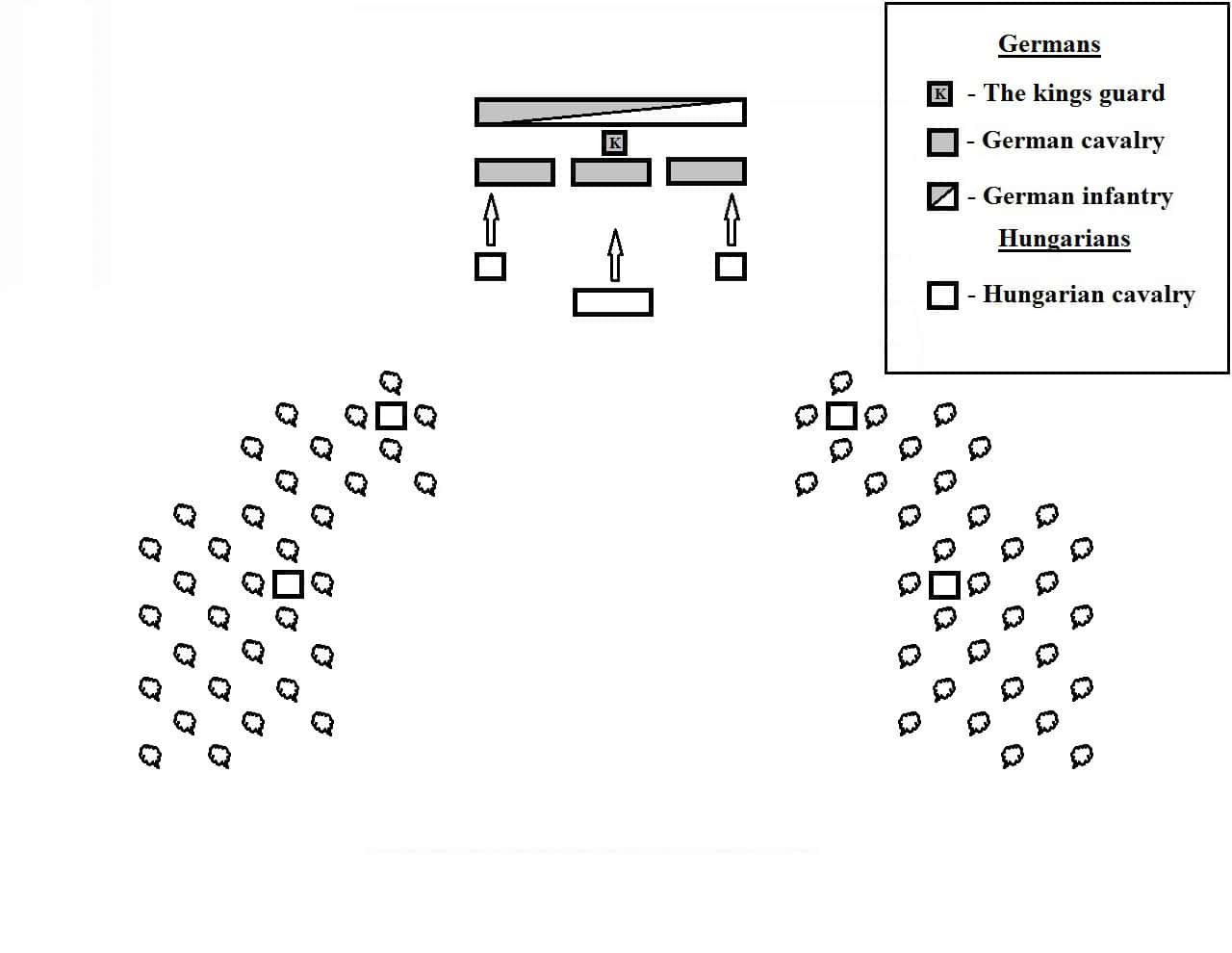
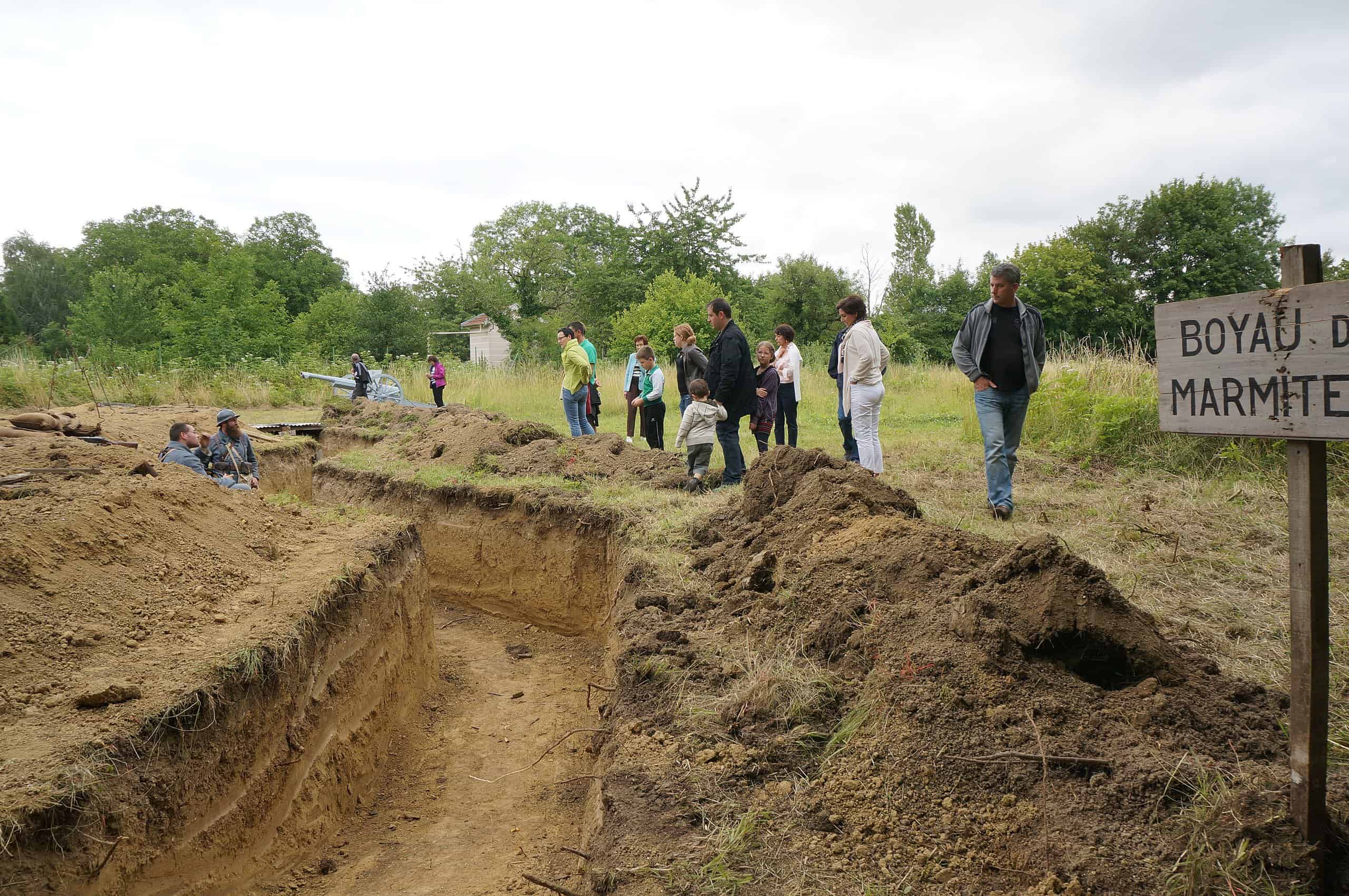
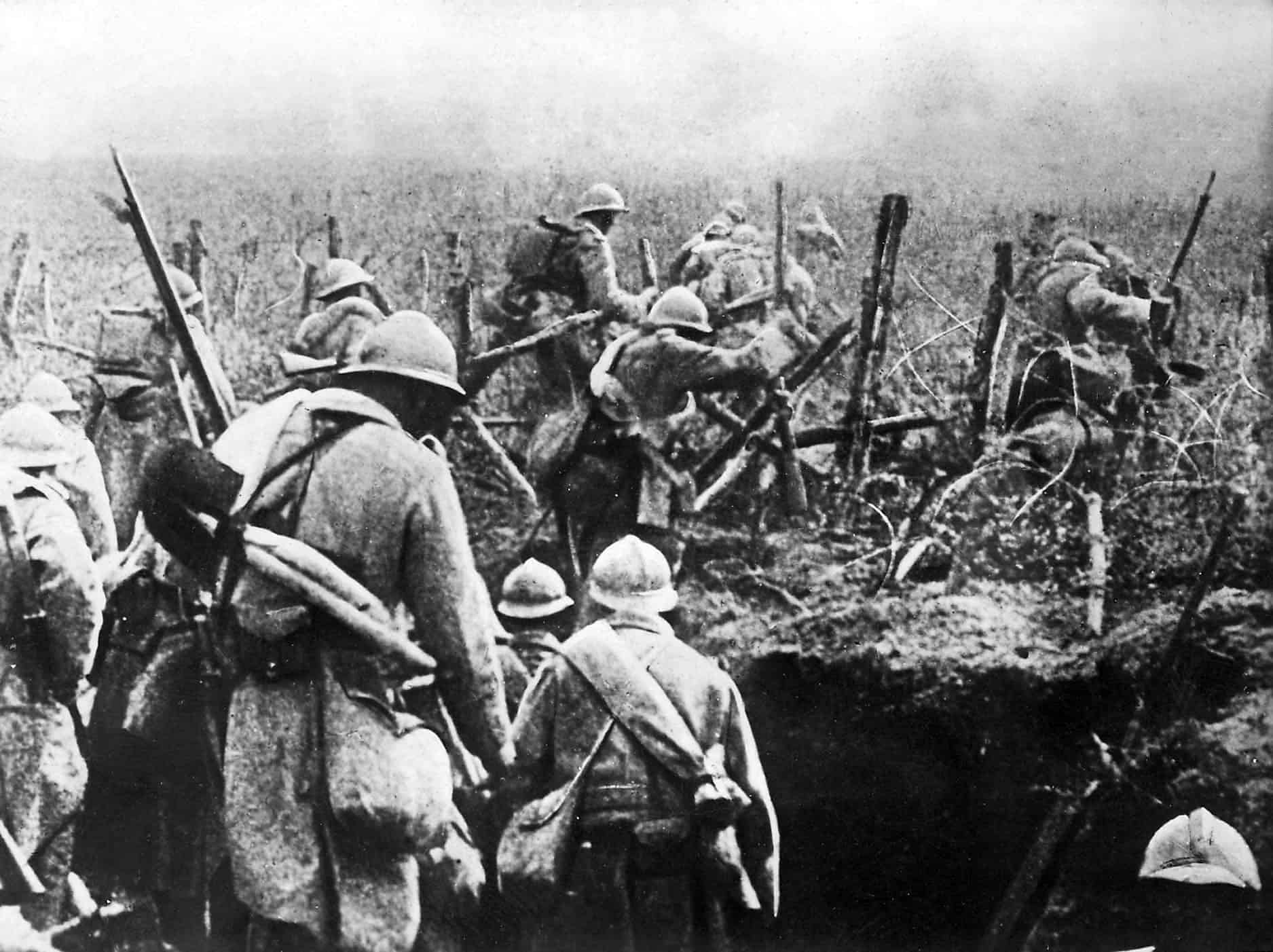
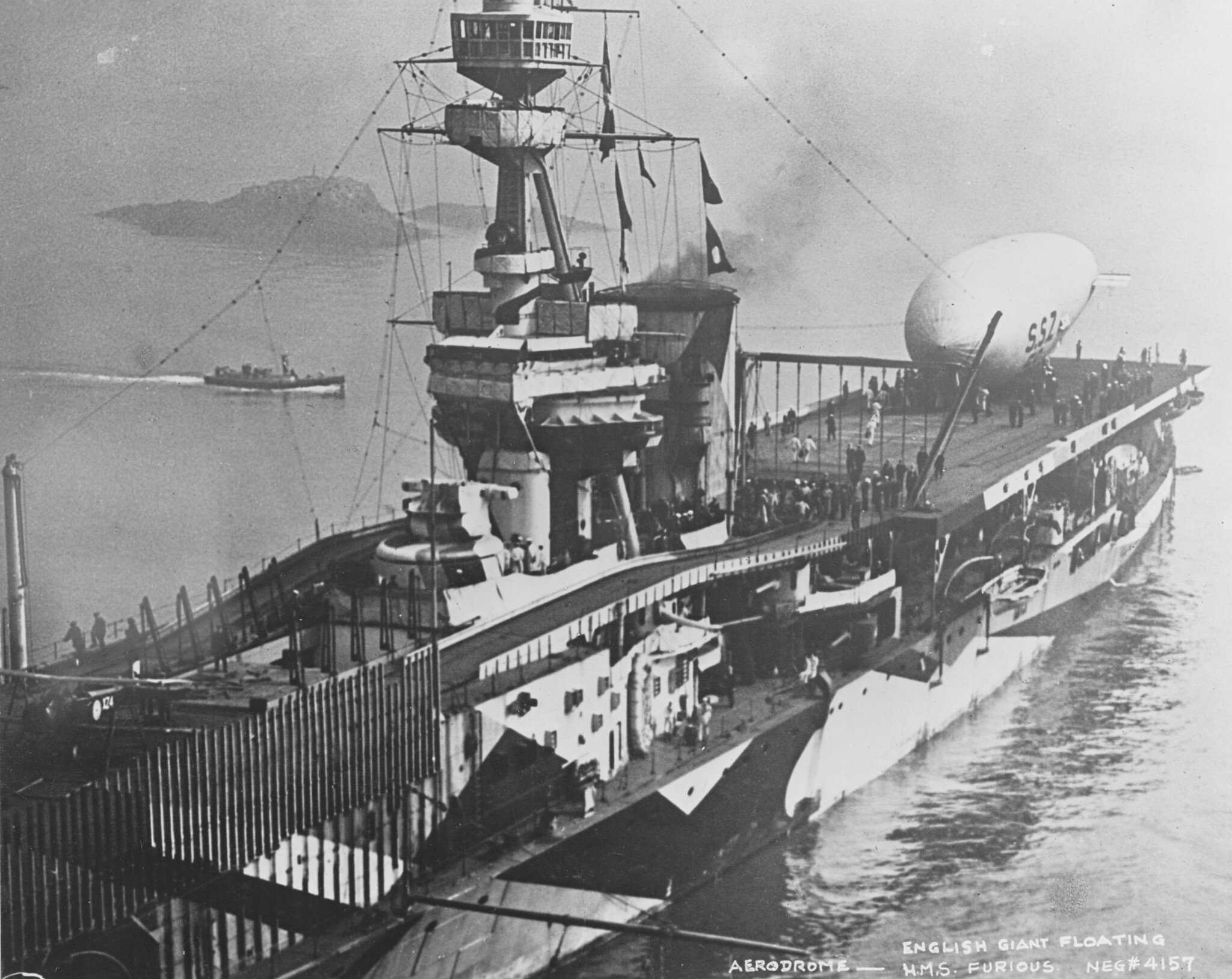
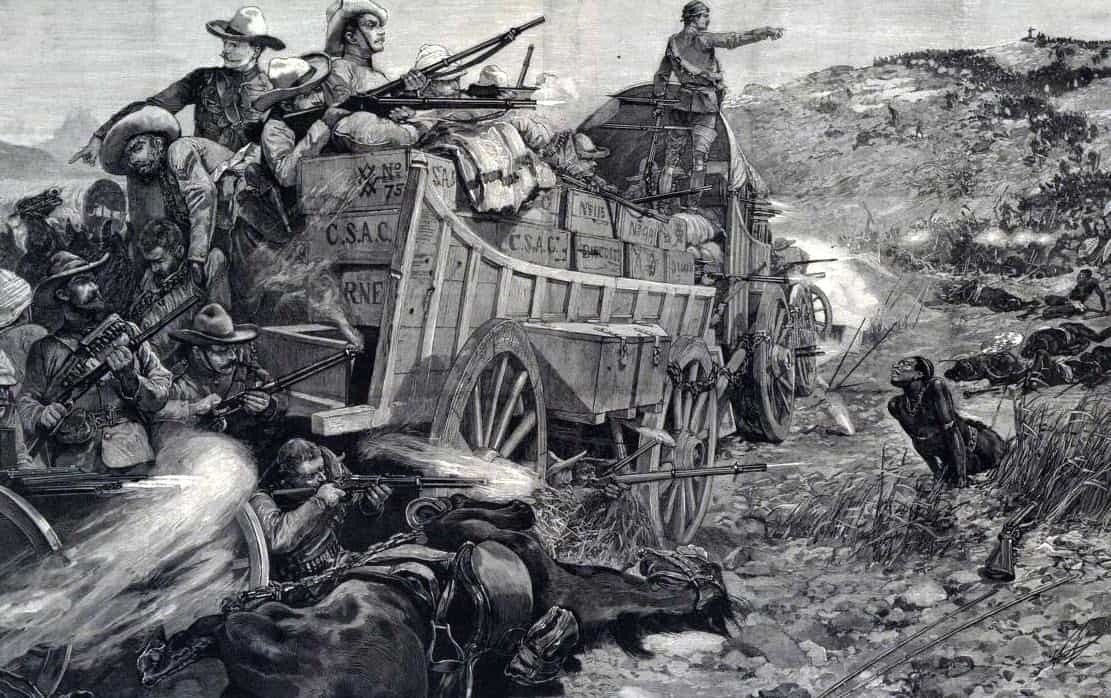
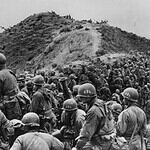
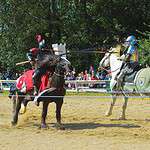
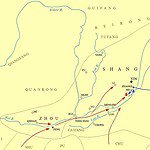


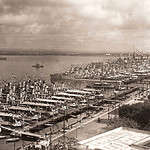
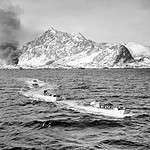
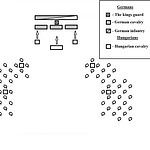
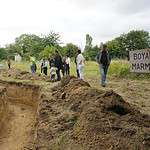
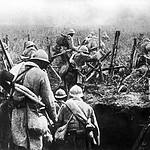
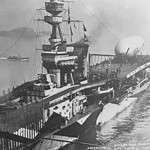
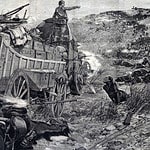
The Most One-Sided Battles That Didn’t Go as Expected
When it comes to combat, the prevailing theory is that the side with the more dominant numbers will win every time. However, the reality is that battles throughout world history have rarely been won solely on numbers but more around strategy and tactics. These ideas can make even small and ill-equipped forces far more formidable than larger ones with better weapons.
Are Lopsided Battles Common?
Ostensibly, no, at least not in an ideal scenario. Things have gone severely wrong if you're facing a numerically superior force. As such, the battles outlined today are the exception rather than the norm regarding operational planning.
The Battle of Muye
A lesser-known battle in 1046 BC, the Battle of Muye, is about overcoming numerical superiority. Fought in what is now ancient China, the rebel Zhou state fought against the existing Shang dynasty.
The rebels only had a force of around 50,000 versus the 500,000-strong Shang Dynasty. This is one of the first battles on record that shows that a good strategy and clever tactics can quickly overcome numerical superiority.
The Battle of Valmy
Several minor battles were still waging at the end of the French Revolution. Hoping to take advantage of France in disarray, Prussia set out to invade and conquer the country. As it turns out, this 1872 Prussian attack forever shaped the idea of war.
The Battle of Valmy, continued
Instead of being made up of an army of conscripts, the French forces were almost solely volunteers. This was the first significant battle determined by those who loved their country, which changed how armies are often composed.
Battle of Taranto
As World War 2 began to rage in Europe, November 11, 1940, would change warfare and history forever. The British military used 24 Fairey Swordfish aircraft to attack the Italian fleet at Taranto Harbour. The Swordfish aircraft used specialized torpedoes designed for shallow harbors to accommodate the shallow waters.
The Italian Navy was brutally struck, but it wouldn’t be for another year until this event would change warfare. A May 1941 visit by Japanese naval officers inspired the use of similar shallow water torpedoes in Pearl Harbor.
Operation Claymore
Long before special forces were a reality, Operation Claymore took place on March 4, 1941. A total of 600 British soldiers and 50 Norwegian sailors attacked German positions in occupied Norway. The attack destroyed over 800,000 gallons of oil, five ships, and 11 factories.
The Allies were also able to bring back an Enigma coding machine. Operation Claymore established a modern-day principle of how a smaller, well-trained fighting force can influence a war.
Battle of Lechfeld
Around 955 in the 9th century, the Hungarian Empire began taking shape. The Hungarians wanted more land as all empires do, so they set out west to conquer today’s Western Europe.
As the Hungarians marched west, the newly formed German nation put together a ragtag force to fight any invasion. Lechfeld showed the efficacy of early combined arms tactics, with German cavalry shredding through Hungarian archers.
The First Battle of the Marne
Taking place in September 1914, during the midst of World War 1, Germany looked to be taking complete control over Paris. French and British forces were retreating as German troops were entirely in pursuit. Changing the course of warfare, the Allies stopped retreating on September 3rd.
Here in Marne, German forces were low on supplies while the Allies stopped their retreat. Tired and hungry, German forces dug shallow trenches to stay out of the line of Allied fire.
In the Trenches
Trench warfare wasn't new when looking at history's great battles. Entrenched troops showed how effective the strategy was during the American Civil War. There was no shortage of European advisors and observers taking stock in the proceedings. World War I is where these ideas calcified further, leading to combined arms tactics that would shatter static defenses.
Tondern Raid
Less of a giant battle and more of a strategic attack, this British bombing raid changed warfare forever. In July 1918, the British were being pummeled by German Zeppelin attacks. These German Zeppelins flew too high for British aircraft to attack, and the Zeppelin base was deep inside Germany.
The British needed a new strategy and the aircraft carrier was born. The British converted a half-finished HMS Furious into a ship that could launch planes. The onboard catapult was created and the aircraft carrier was born.
Battle of Shangani
In October 1893, British forces in South Africa faced off against Matabele warriors in modern-day Zimbabwe. Hoping to surprise the British and wipe them out, Matabele warriors attacked during the middle of the night.
Even though the British were outnumbered, they had five Maxim automatic machine guns. Firing 500 rounds per minute, the Matabele never got close to British lines. The impact of these types of weapons would shape warfare forever, including World War 1, where they were used with lethal efficiency.
